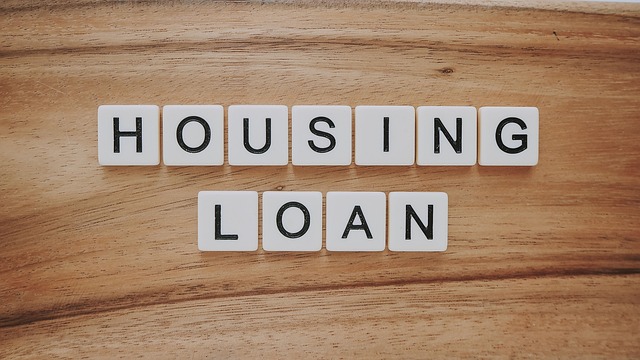Home Loans Explained: Mortgages, Credit Scores, and Affordability
Buying a house is one of the biggest financial decisions most people make. Understanding how home loans work — from application to repayment — helps you choose the mortgage that fits your budget and long-term plans. This article breaks down key concepts you’ll encounter, how lenders evaluate you, and practical steps to improve your chances of securing favorable loan terms.

What does house value mean for lenders?
Lenders focus on the house’s market value because it secures the loan. The property’s appraised value, condition, location, and comparable sales nearby influence how much a lender will loan and whether they require mortgage insurance. A higher appraised house value relative to your purchase price can lower your loan-to-value (LTV) ratio, which may reduce interest rates or eliminate private mortgage insurance requirements. Conversely, structural issues, outdated systems, or a weak local market can lower appraisal results and limit borrowing capacity. Always budget for an independent inspection and be prepared to negotiate based on appraisal findings.
How does your home choice affect loan options?
The type of home you choose—single-family, condo, townhouse, or multi-unit—affects available mortgage programs and underwriting rules. Some loan types have stricter standards for condos or require additional documentation for co-ops. A fixer-upper may qualify for renovation loan programs that roll repair costs into the mortgage, while new construction might use construction-to-permanent financing. Location influences taxes and insurance costs, which lenders factor into your debt-to-income (DTI) calculations. Before house hunting, discuss property types with lenders in your area to match expectations and avoid surprises during underwriting.
What is a mortgage and how does it work?
A mortgage is a loan secured by the home you buy. Typical mortgages have principal and interest payments, and many include escrowed property taxes and homeowners insurance. Common mortgage structures include fixed-rate loans, where the interest rate stays constant, and adjustable-rate mortgages (ARMs), where rates change after an initial fixed period. Amortization schedules show how payments split between principal reduction and interest over time. Understanding prepayment penalties, balloon payments, and refinance options can protect you from costly terms. Review the loan estimate and closing disclosure documents carefully to compare total costs and payment obligations.
How to compare different loan types?
Comparing loans means looking beyond the headline interest rate. Consider the annual percentage rate (APR) for a more complete cost measure, which includes some fees. Evaluate the loan term (15 vs. 30 years), monthly payment, total interest paid over the loan’s life, flexibility to make extra payments, and any prepayment penalties. For first-time buyers or lower credit borrowers, government-backed options like FHA or VA loans may offer lower down payments or relaxed underwriting. Work through scenarios: calculate payments at current rates and if rates rise (for ARMs). Speak with multiple lenders and get written estimates to compare true costs.
Why your credit score matters for a mortgage?
Your credit score is a major factor lenders use to price risk and determine eligibility. Higher credit scores generally unlock lower interest rates and better loan programs, while lower scores may require higher down payments or lead to denials. Scores reflect payment history, credit utilization, length of credit history, new credit inquiries, and account mix. To strengthen your credit score before applying, pay bills on time, reduce revolving balances, avoid opening new accounts shortly before applying, and correct errors on credit reports. Lenders also review your credit report for patterns like missed payments or recent bankruptcies, which can significantly impact approval.
A solid pre-approval from a reputable lender gives you a clearer picture of how much house you can afford and demonstrates seriousness to sellers. Pre-approval requires documentation such as pay stubs, tax returns, bank statements, and authorization to pull credit. Keep financial circumstances stable during the process: avoid large purchases, new credit applications, or job changes until after closing.
Conclusion
Home loans combine financial planning, documentation, and an understanding of loan mechanics. Knowing how house values, home type, mortgage structures, loan comparisons, and your credit score interact helps you make informed decisions. Preparing paperwork, improving credit where possible, and shopping multiple lenders can improve your terms and lower long-term costs. With clear information and realistic budgeting, a mortgage can be a manageable path to homeownership.






